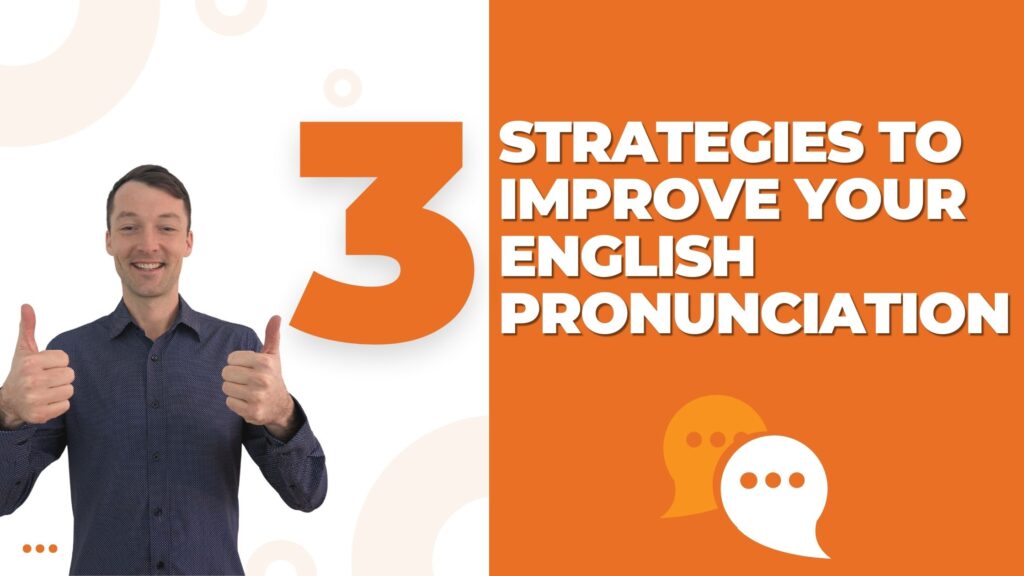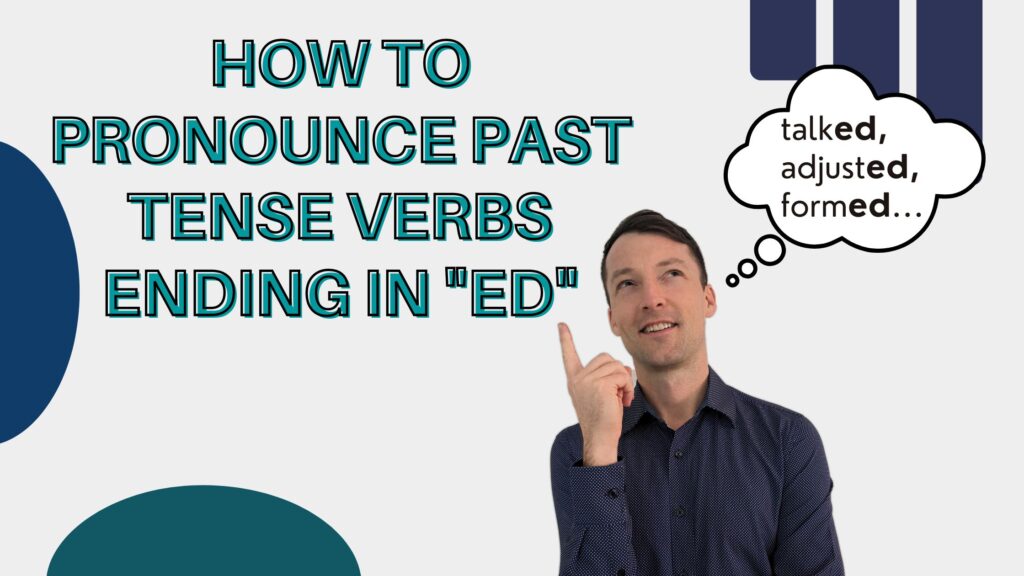This blog post is in English first, followed by Spanish. Scroll down to read it in Spanish.
Do you ever wonder when should you use which of these verbs: look, watch, or see? English seems to have three verbs for the same action, but each one has specific meanings, uses, and, of course, exceptions.
Let’s take a look ?
When to use the verb “To see”

To see: noticing something with your eyes
This verb is passive. We use it when we are not focusing our energy or attention on something, but it comes into our field of vision.
For example, you can see something accidentally or without trying. To See is not used with progressive tenses in the -ing form because it is a passive verb.*
Examples:
- I see him on the bus sometimes. – Lo veo en el bus a veces.
- I saw an interesting bird on my way to school yesterday. – Vi un ave interesante ayer de camino a a la escuela.
- I have never seen a ghost. – Nunca he visto un fantasma.
*Note: See is an irregular verb.
Common Colloquial Exceptions – Excepciones coloquiales comunes:
Use see when talking about going to a play or the cinema.
- We are going to see the new Marvel movie this weekend. – Vamos a ir a ver la nueva película de Marvel este fin de semana.
- We saw that band in concert. – Vimos a esa banda en concierto.
Use see when talking about dating someone, especially a new relationship. *This is the only time when see is used with a progressive tense (-ing).
- She isn’t seeing anyone right now. – Ella no está viendo a nadie ahora mismo.
- They have been seeing each other for two months. – Ellos se han estado viendo (han estado saliendo) por dos meses.
When to use the verb “To watch”

To watch: to look at something for a period of time.
This is an active verb. We use it when we are focusing our attention on something specific.
Examples:
- I rarely watch television. – Rara vez miro/veo televisión
- They waved as they watched their daughter drive down the street. – Ellos saludaban con la mano mientras miraban/veían a su hija conducir calle abajo.
- He is watching that movie on Netflix right now. – Él esta mirando/viendo esa película en en Netflix ahora mismo.
Common Colloquial Exceptions:
It is more common to use see rather than watch when talking about a movie or a specific TV show in the perfect tenses.
- Have you seen the new Marvel movie? We can rent it. – ¿Has visto la nueva película? Podemos rentarla.
- I haven’t seen that show, but my friend says it is funny. – No he visto ese show, pero mi amigo/a dice que es divertido.
When to use “To Look”

Look: to direct your eyes at something.
This is an active verb. It is often followed by prepositions, like at, up, for, and more that can significantly change its meaning.
Examples:
- It’s important to look both ways before crossing streets. – Es importante mirar a ambos lados antes de cruzar la calle.
- If you look closely, you will notice the differences between the two pictures. – Si miras atentamente, notarás la diferencia entre estas dos fotos.
- Look them in the eye when you introduce yourself. – Míralos/as a los ojos cuando te presentes.
Common Colloquial Exception:
“Look and See” is a common phrase we use that means “to check”.
- Look and see if the mail came today. – Chequea si el correo vino hoy.
- Look and see if we have enough milk. – Chequea si tenemos suficiente leche.
¿Cuál es la diferencia entre “Look”, “Watch” y “See” en inglés?
¿Cuándo debes usar los verbos “look”, “watch” o “see” en inglés? El idioma inglés tiene tres verbos para la misma acción pero cada uno tiene significados y usos específicos, y, por supuesto, excepciones.
Cuándo usar “To see”
To see: notar algo con tus ojos
Este verbo es pasivo. Lo usamos cuando no estamos enfocando nuestra energía o atención en algo, pero ello está en nuestro campo de visión. Por ejemplo: puedes ver algo accidentalmente o sin intentarlo. El verbo see no se usa con tiempos verbales progresivos porque es un verbo pasivo*.
Ejemplos:
- I see him on the bus sometimes. – Lo veo en el bus a veces.
- I saw an interesting bird on my way to school yesterday. – Vi un ave interesante ayer de camino a a la escuela.
- I have never seen a ghost. – Nunca he visto un fantasma.
Nota: See es un verbo irregular.
Excepciones coloquiales comunes:
Usa see cuando hables sobre ir a un partido o al cine.
- We are going to see the new Marvel movie this weekend. – Vamos a ir a ver la nueva película de Marvel este fin de semana.
- We saw that band in concert. – Vimos a esa banda en concierto.
Usa see cuando hables sobre salir con alguien, especialmente en una nueva relación. *Esta es la única vez cuando see es usado con un tiempo verbal progresivo (-ing).
- She isn’t seeing anyone right now. – Ella no está viendo a nadie ahora mismo.
- They have been seeing each other for two months. – Ellos se han estado viendo (han estado saliendo) por dos meses.
Cuándo usar “To watch”
To watch: Mirar algo por un período de tiempo.
Este verbo es activo. Lo usamos cuando estamos enfocando nuestra atención en algo específico.
Ejemplos:
- I rarely watch television. – Rara vez miro/veo televisión
- They waved as they watched their daughter drive down the street. – Ellos saludaban con la mano mientras miraban/veían a su hija conducir calle abajo.
- He is watching that movie on Netflix right now. – Él esta mirando/viendo esa película en en Netflix ahora mismo.
Excepción coloquial común:
Es más común usar el verbo see en lugar de watch cuando hablamos sobre una película o show de TV en tiempos verbales perfectos.
- Have you seen the new Marvel movie? We can rent it. – ¿Has visto la nueva película? Podemos rentarla.
- I haven’t seen that show, but my friend says it is funny. – No he visto ese show, pero mi amigo/a dice que es divertido.
Cuándo usar “To Look”
Look: Dirigir tus ojos hacia algo.
Este es un verbo activo. Suele ser seguido de preposiciones tales como like at, up, for y otras más que pueden cambiar significativamente el significado del verbo.
Ejemplos:
- It’s important to look both ways before crossing streets. – Es importante mirar a ambos lados antes de cruzar la calle.
- If you look closely, you will notice the differences between the two pictures. – Si miras atentamente, notarás la diferencia entre estas dos fotos.
- Look them in the eye when you introduce yourself. – Míralos/as a los ojos cuando te presentes.
Excepción coloquial común:
“Look and see” es usualmente una frase que significa “to check” (chequear).
- Look and see if the mail came today. – Chequea si el correo vino hoy.
- Look and see if we have enough milk. – Cheque a si tenemos suficiente leche.
Definitions from – Definiciones de: Cambridge Dictionary and Oxford English Learner’s Dictionary.
Comment below…write an example of a sentence using Look, Watch, or See.
What questions do you have? Comment below with your questions.




